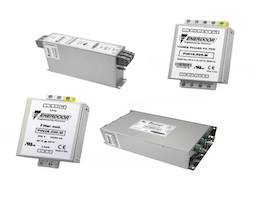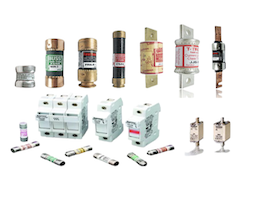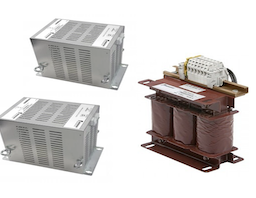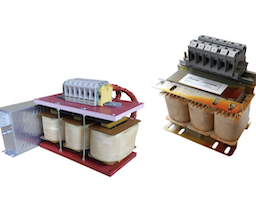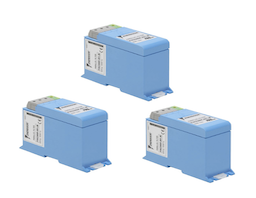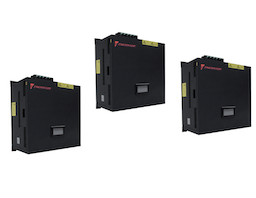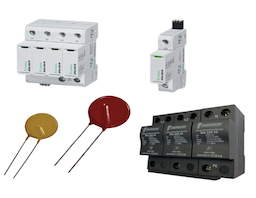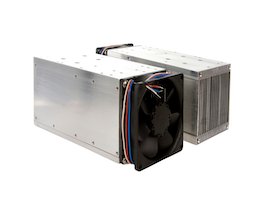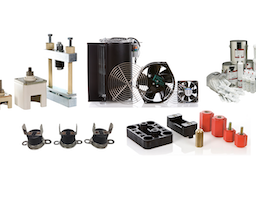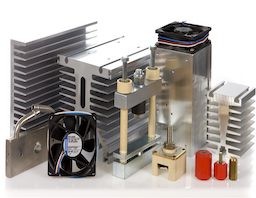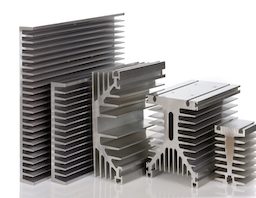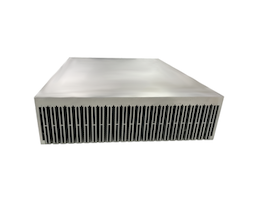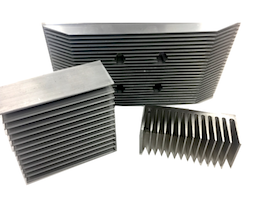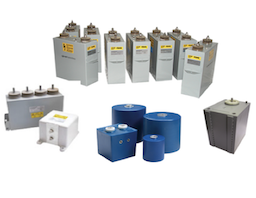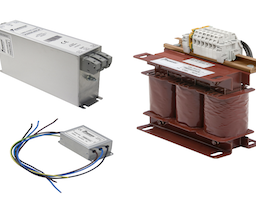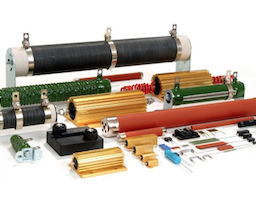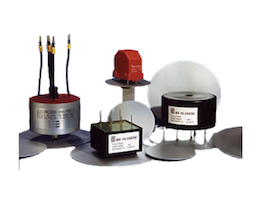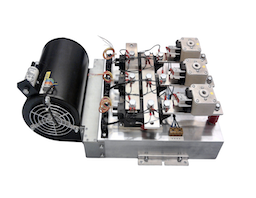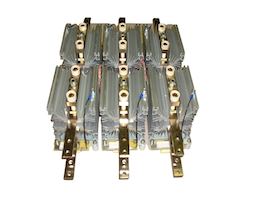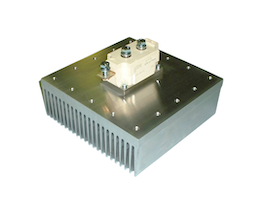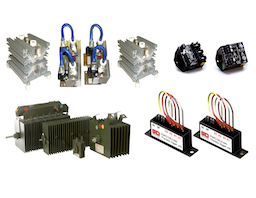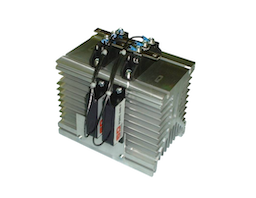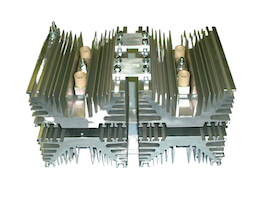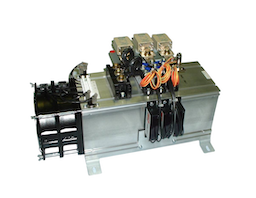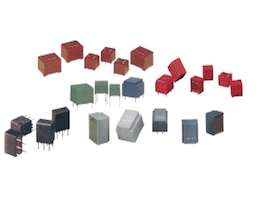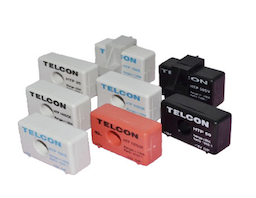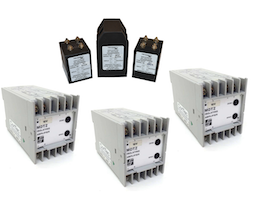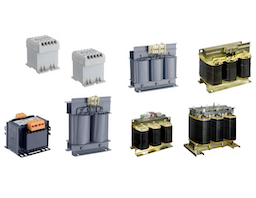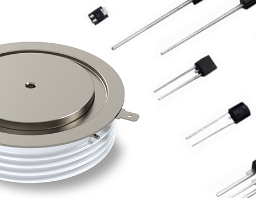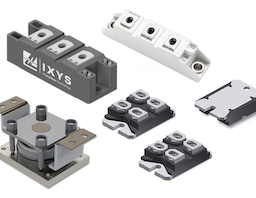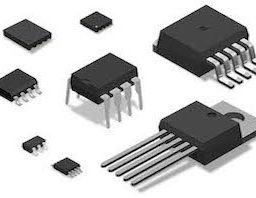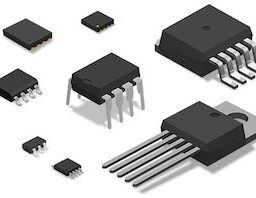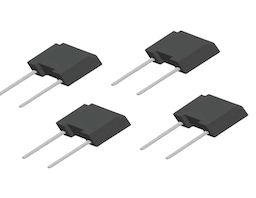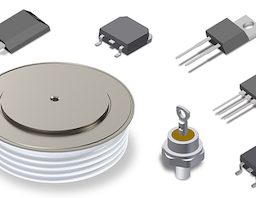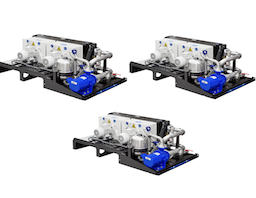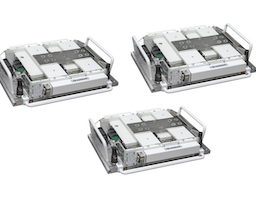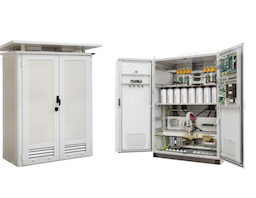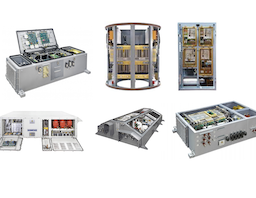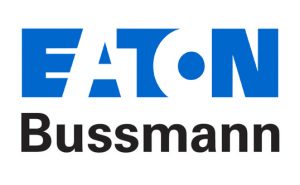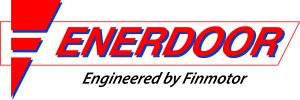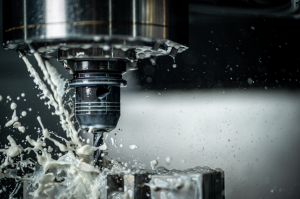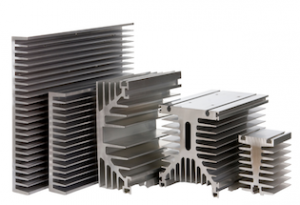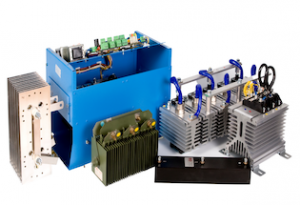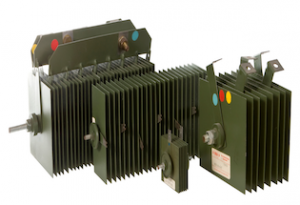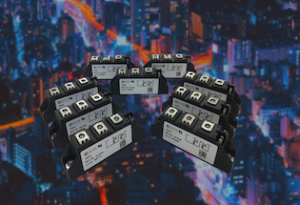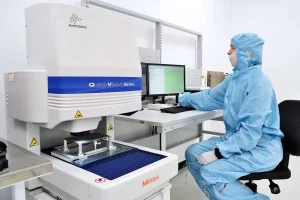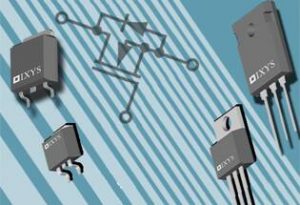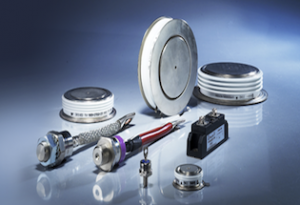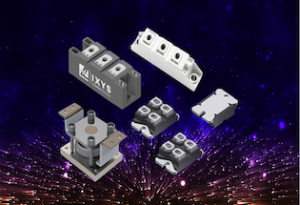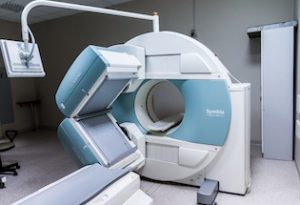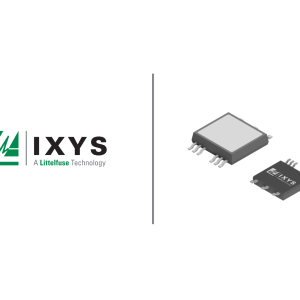05.01.2018
Thyristors: Everything you need to know
Published on: 05/01/2018
Discover the benefits of using thyristors and their applications
What is a Thyristor?
A Thyristor is a four-layered semiconductor rectifier in which the flow of current between two electrodes is triggered by a signal at a third electrode.
Thyristors are designed to work with alternating current, they consist of alternating P type and N type materials and are available in Single or Dual Thyristors. Thyristors can be used to create a latching circuit, they are logical extensions of diodes and transistors.
How do they work?
A thyristor functions like a transistor, it consists of three electrodes: the gate, the anode and the cathode. The gate acts as the controlling electrode. When a small current flows into the gate, it allows a larger current to flow form the anode to the cathode. A thyristor can be switched from a blocking state to a conducting state by a suitable gate pulse. Forward conduction is blocked until an external positive pulse is applied to the gate terminal. A thyristor cannot be turned off from the gate.
The thyristors four layers’ act as bistable switches, as long as the voltage across the device has not reversed, thyristors continue to conduct electric current.
Types of Thyristors
The most common type of thyristor is the silicon-controlled rectifier (SCR), no current flows until a pulse is applied to the gate when the cathode is negatively charged relative to the anode. The SCR then begins to conduct, and continues until the voltage between the cathode and anode is reversed or reduced below a certain threshold value. This is a preferred thyristor because large amounts of power can be switched or controlled using a small triggering current or voltage.
Other common thyristors include:
Distributed Gate Thyristors – feature high di/dt capability and fast, low recovery turn-off. They are available with blocking voltages up to 4.5kV and average current rating 4kA
Fast Turn-off Thyristors – ensure low switching losses and high di/dt performance, low reverse recovery charge values and high reliability
Medium Voltage Thyristors – available in capsule and stud types up to 3503amps and 6500volts
Gate Turn-off Thyristors – feature buffer layer, fine pattern and transparent emitter technologies and have voltage ratings of up to 6kV and current ratings up to 4kA
Phase Control Thyristors – designed for optimal forward conduction and feature reverse blocking characteristics, they are used as control devices in 50 and 60 Hz AC mains equipment
Applications
Thyristors are predominantly used in AC circuits, where the forward current drops to zero during every cycle so there is always a turn off function. Thyristors are also used in motor speed controls, light dimmers, pressure-control systems and liquid-level regulators.
GD Rectifiers offer a large range of Thyristors by some of the world’s leading manufacturers, including: IXYS, IXYS UK Westcode and SEMIKRON.
Their extensive range of Thyristors include: Phase Control Thyristors, Gate Turn-off Thyristors, Distributed Gate Thyristors, Fast Turn-off Thyristors and Medium Voltage Thyristors.
For further information or to discuss your recent project with our team, please call: 01444 243 452 or email: [email protected].
